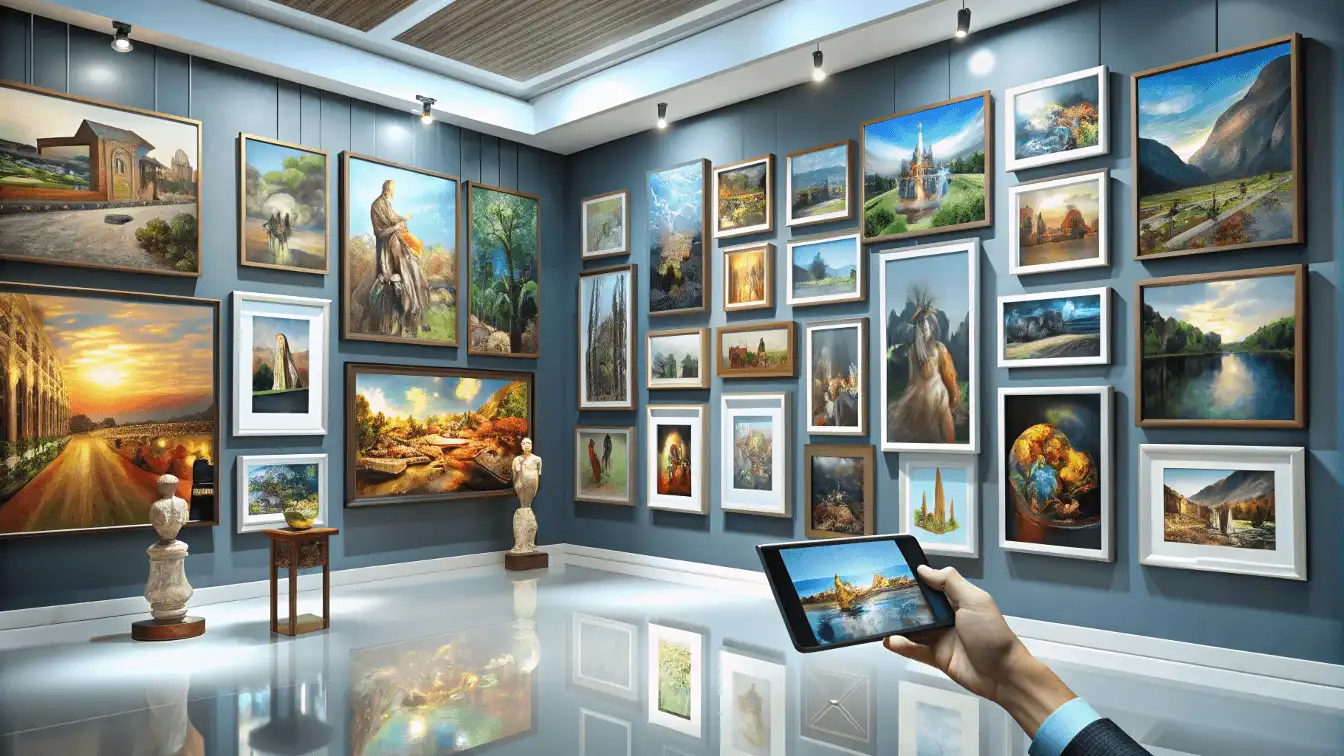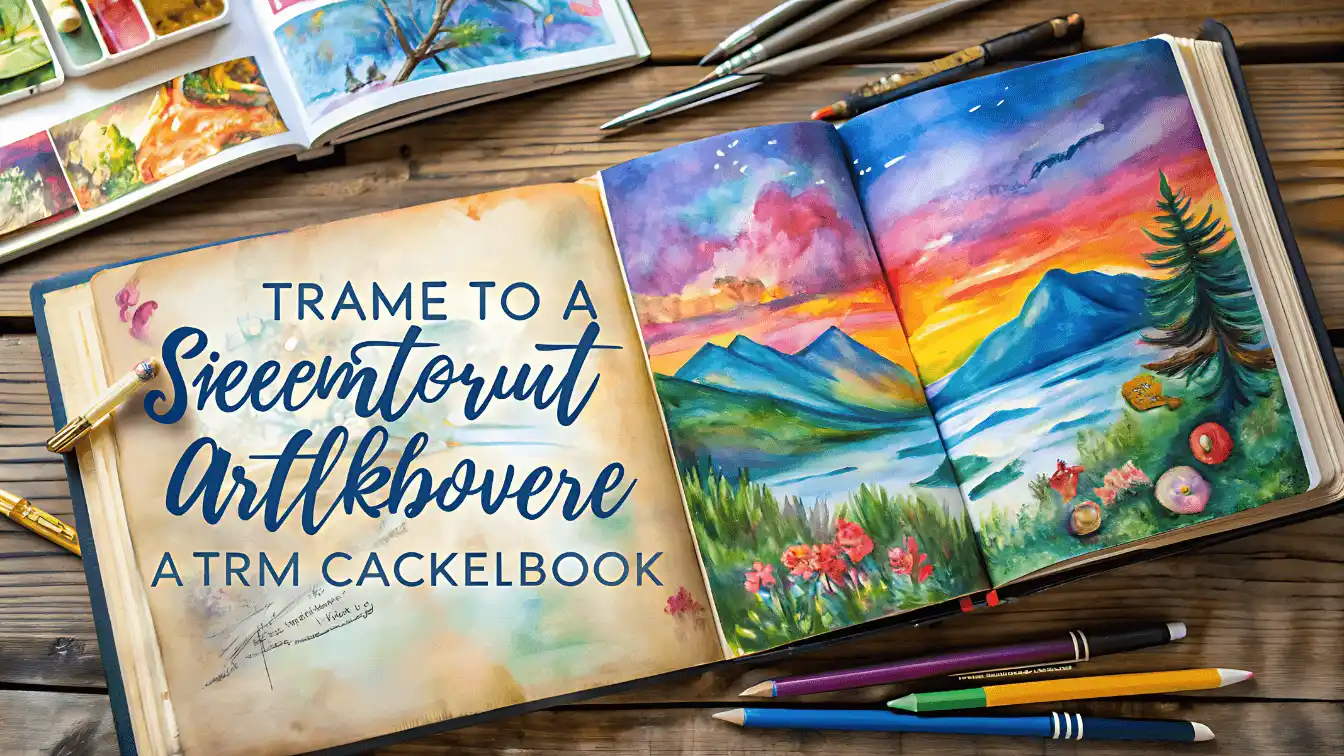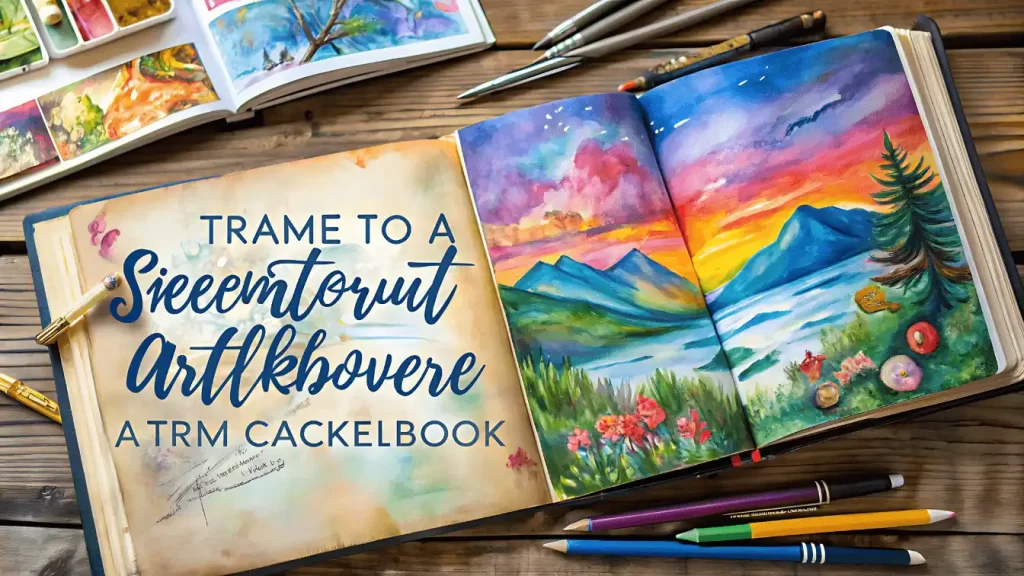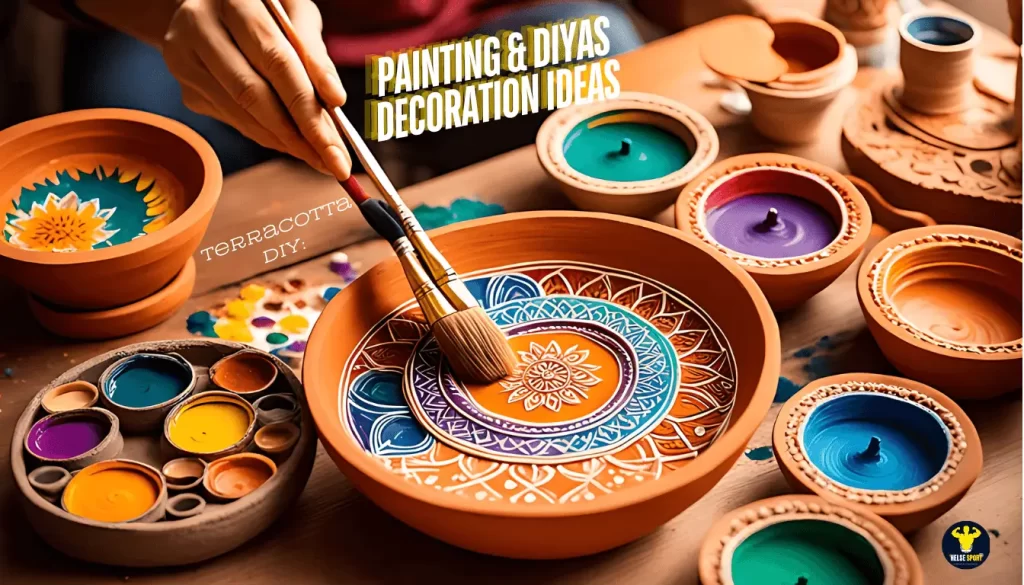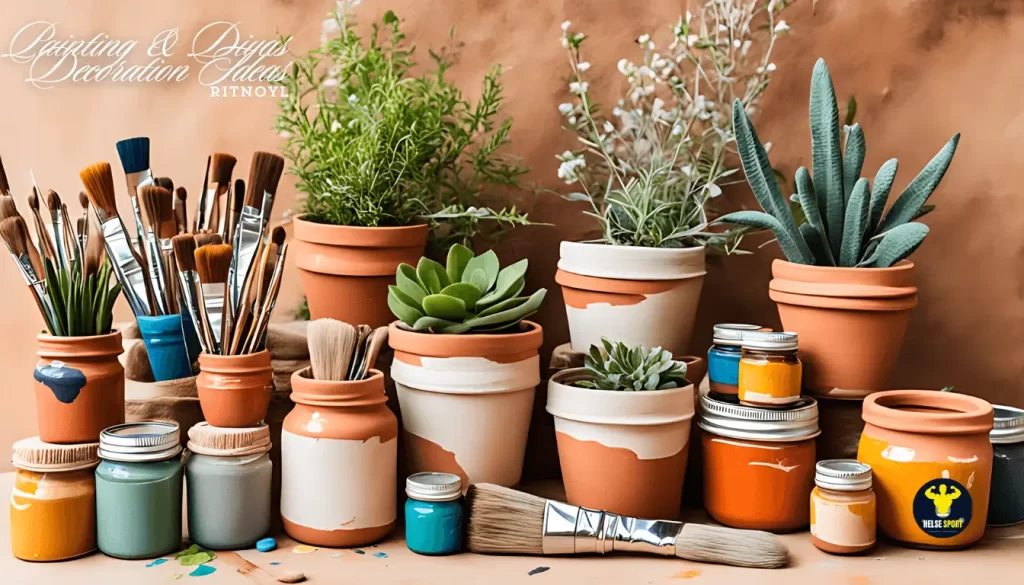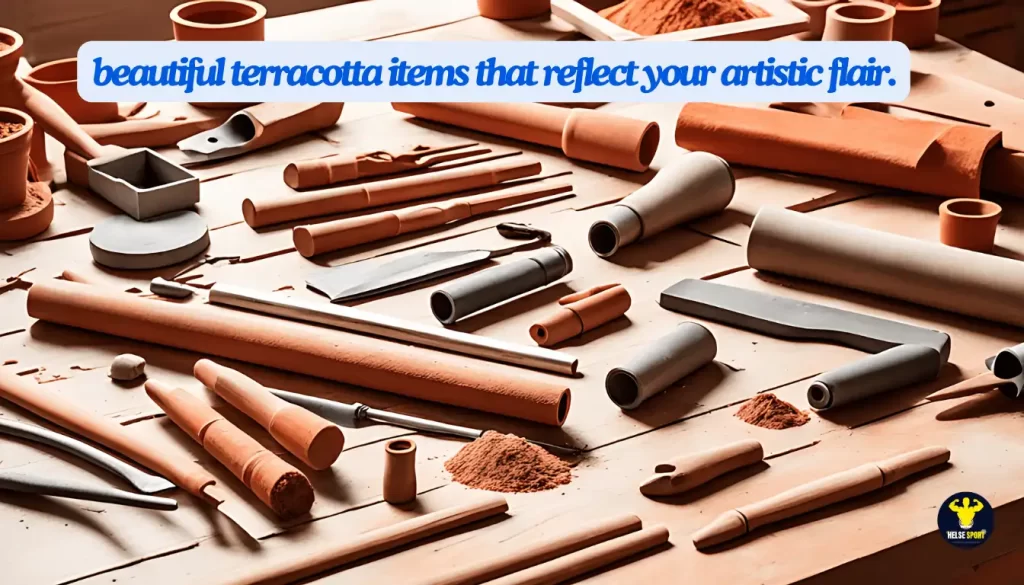World of unique Decor Art galleries
Introduction
Hey there! Ready to take a journey into the fantastic world of decorative arts? It’s a place where history and beauty come together to whisk you away to another time. Our Art Galleries are thrilled to present the Dark Academia Print Set. It’s a collection that perfectly captures the charm and intellectual appeal of this one-of-a-kind style.
Step into a world where old-school knowledge, Gothic vibes, and a love for learning rule the roost, all through the fabulous medium of decor art. Join us as we reveal timeless pieces that do more than just adorn spaces – they tell captivating stories from days gone by.
Whether you’re a huge fan of Art Nouveau, an expert in European textiles, or simply intrigued by the mystique of the Bourbon dynasty, our collection is here to spruce up your place and captivate your imagination. Welcome aboard! 🎨✨.
Table of Contents
Do Art Galleries Make Money?
Art galleries are super cool. They mix culture with making money. Showing art is important, but they also gotta make sure they stay afloat financially. Most galleries sell art to stay in business, but not all of them make big bucks. Stuff like where they’re located, how famous they are, which artists they feature, and what makes them special can affect how much money they make. Some art Galleries do well financially, while others just scrape by, focusing more on making a cultural impact than stacking up cash.
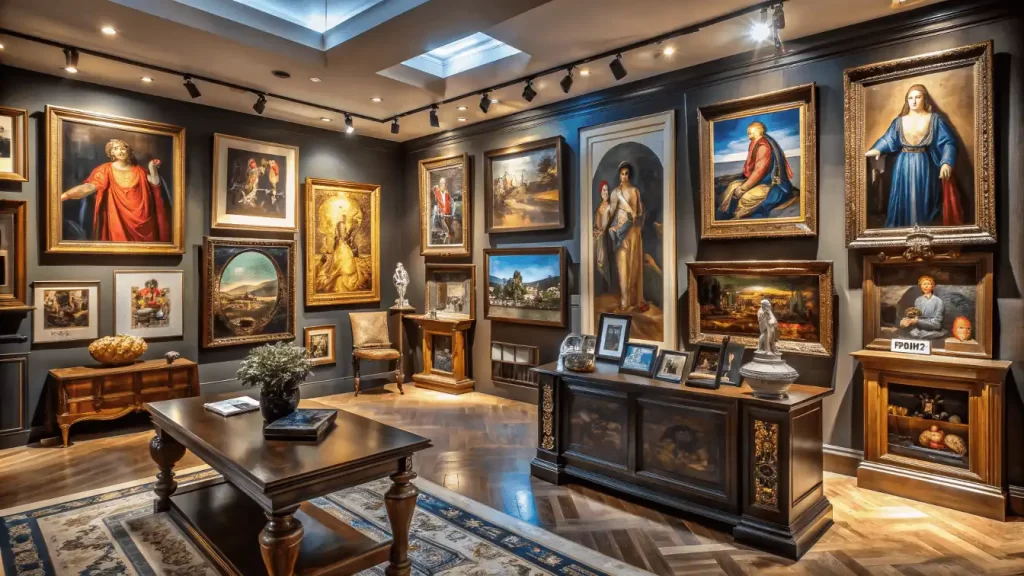
Revenue Streams for Art Galleries
Art galleries typically explore several avenues to ensure a stable income. These include:
- Art sales are the main way galleries make money, coming from selling artworks. They might take a cut, anywhere between 30% & 50%, on each piece sold.
- Galleries sometimes charge artists a fee to show their work, either a set fee or a percentage of the sales.
- Merchants are also common, where Art Galleries sell items like catalogs and postcards with artwork from their shows. This not only brings in extra cash but also helps get the artists’ work out there more.
- Hosting private viewings and events can attract art lovers willing to pay for a special experience with the art.
- Galleries can bring in more people by organizing talks and workshops, which can also bring in extra money while teaching visitors.
Each of these revenue streams contributes to the overall financial health of an art gallery, enabling it to keep its doors open and continue promoting the arts.
Judging Paintings in Art Galleries
Judging paintings and other forms of art can be as subjective as it is complex. Art Galleries and their curators often look for a blend of technical skill, emotional depth, and originality in the artwork. This evaluation not only determines which artworks are displayed but also influences their pricing and the promotion of emerging artists.
Criteria Used to Evaluate Artwork in Galleries
When it comes to judging artworks, galleries typically consider a mix of artistic and commercial factors:
- How good art is kinda up to personal taste. It’s about how skilled the artist is, how unique the artwork is, and how well it connects with people. When someone comes up with a new style or technique, it can make their art even better.
- Art galleries gotta think about what’s hot now in the art world. They look at styles, themes, and even colors that are trending. Knowing what people want helps them pick artworks that are more likely to get sold.
- The reputation of an artist and where they’re coming from matters a lot. Their backgrounds like education, past shows, and pieces that were sold before all make a big impact on how art is seen. Famous artists usually get better prices and more attention from folks who collect art.
- Galleries also think about whether an artwork can go up in value over time. It’s like predicting the future based on what’s cool now, where the artist is heading in their career, and looking at past info on similar stuff.
- How art looks when it’s shown off & how well it’s kept are super important too. Artworks that are nicely framed and in good shape catch the eye of buyers more. That makes galleries see them more positively and rate them higher.
Using these rules, art galleries ensure they display top-notch art and maintain a reputation for quality and good judgment in a super competitive field. This thorough evaluation process shows how important galleries are in the art investment market and the wider cultural world.
Ways to Sell Art
Selling art has many options, providing lots of ways for artists and galleries to connect with potential buyers. Knowing about these methods is essential for both sellers and art lovers wanting to grow their collections.
Selling Art Online
In today’s digital world, online platforms are a big deal in the art market. Websites that sell art have huge catalogs with all kinds of pieces – from less-known ones to high-demand works by famous artists. These sites give detailed descriptions, high-quality images, and sometimes even views using augmented reality so buyers can see how the artwork looks in their own space. Some benefits include:
- Easy Access: Art enthusiasts can find new artists and buy art from anywhere.
- Diverse Selection: Online platforms offer a wide range of cultures from around the world.
- Buyers can browse and buy art at any time without leaving home.
In-store sales at Galleries
Physical art galleries are great places to buy art! You get to touch and feel the artwork, giving you an experience that online viewing just can’t beat. Plus, you can meet the artists and gallery curators, which makes the whole experience even more special. These interactions help you understand the art and the artist better. Galleries often have special shows, private viewings, and opening nights that bring the art community together for a fun social event.

Auctions for Art Pieces
Art sales are super exciting! When folks bid on artwork, it’s like a thrill ride, isn’t it? And hey, the pieces up for grabs are top-notch! Whether it’s ancient stuff or something modern, auctions are where these precious gems get new owners. Here’s why bidders love auctions:
- Auction houses double-check each piece to ensure they’re real and have a history.
- Some art pieces are ONLY up for grabs at auctions. That’s pretty cool, right? It’s your chance to snag something rare.
- Buying art at auctions isn’t just about looks. You could also end up making a smart investment in something that goes up in value over time. Pretty sweet deal, huh?
Buying Wall Art Decor for Homes
Decorating a home with wall art is not just about filling empty spaces—it’s about creating an environment that reflects personal style and enhances the quality of living. The right piece of wall art can transform a room, making it more inviting and expressive.
Tips on Finding Wall Art for Home Decor
When it comes to choosing wall art for home decor, the options can seem endless. Here are some tips to help simplify the process and ensure that you select pieces that will bring joy and harmony into your home:
- Think about the vibe: Do you want your room to feel calm & peaceful or lively & full of life? Let that feeling be your guide when picking out art.
- Consider the size: Make sure to measure the wall space where the art will go so you don’t end up with something too big or too small. Getting the scale right is key for a good visual impact.
- Harmonize everything: Take a look at the colors and styles of your current decor. Selecting art that goes well with these elements can bring everything together beautifully.
- Mix it up: Don’t hesitate to blend classical pieces with modern decorations. This mix can create layers of interest and excitement.
- Choose based on feeling: Pick art that speaks to you. Whether it brings back a special memory or simply moves you, having that personal connection makes it even more meaningful.
- Look around: Check out different places like Art Galleries, online shops, and local art fairs to discover the perfect piece for your space.
Pick out each piece with care to make sure your home shows off your unique style and becomes a fun spot for family & friends to get together. The art you pick will not just adorn your walls but also improve your daily living space and become a special part of your home.
Crafting a Digital Gallery of Art
The shift of art galleries from physical locations to the digital world makes art more reachable to a bigger audience and offers a new platform for artists to display their creations. Establishing a digital art gallery, especially focused on themes like Dark Academia, provides a carefully chosen experience that draws fans of this style from around the world.
Strategies for Naming a Digital Art Gallery
Selecting the right name for a digital art gallery is crucial as it not only communicates the essence of the gallery but also plays a significant role in branding and marketing. Here are some thoughtful strategies:
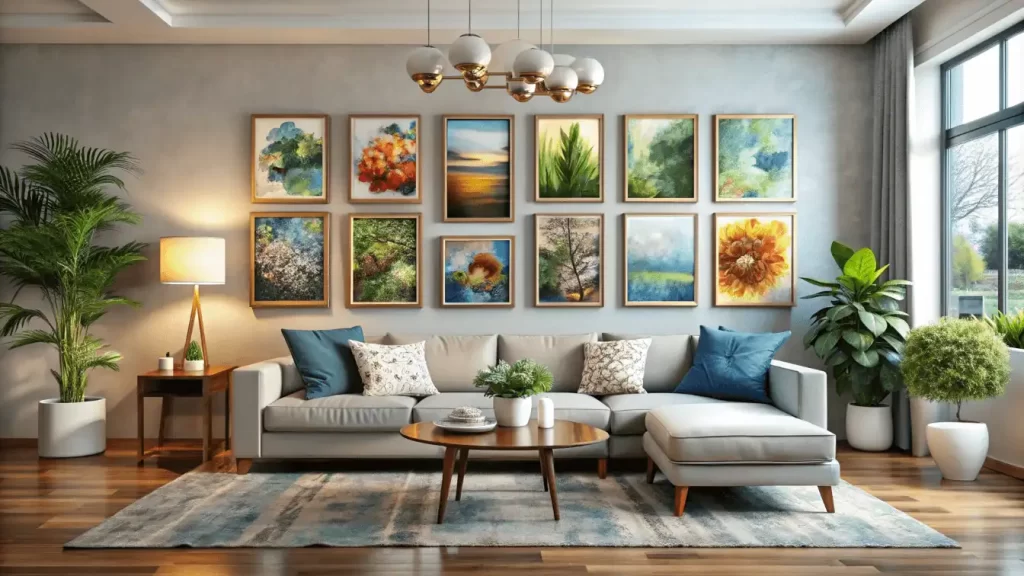
- Name your gallery based on the art style or era it showcases, like the “Gothic Shadows Digital Gallery” for a Dark Academia theme.
- Use art lingo to appeal to a savvy audience, such as “Chiaroscuro Digital Gallery” for Dark Academia enthusiasts.
- Be creative and original with your gallery name. Aim for something unique and memorable like “Midnight Parchment Gallery.”
- Keep it simple and clear so that your audience knows what to expect from you.
Justifying the Value of Art and Decor
Art and decor infuse space with personality and depth, bridging the gap between mere existence and enriched living. The decorative arts, with their blend of aesthetic charm and cultural significance, hold remarkable value in creating evocative, inspiring home environments and public spaces.
Importance of Artistic Value in Decor
The artistic value in decor is undeniable as it elevates the ambiance and provides a narrative to spaces. Art pieces serve as focal points, conversation starters, and sources of inspiration, embodying a spectrum of historical periods and artistic movements. For instance, a print set from the Dark Academia genre might transport a room back to the romantic, intellectual atmospheres of early twentieth-century libraries or scholarly spaces, adding layers of intrigue and charm.
- Emotional Connection: Art evokes emotions; a thought-proving sculpture or evocative painting can transform the emotional landscape of a room.
- Cultural Reflection: Incorporating art from different cultures and periods can serve as an homage to history and bring diversity into spaces.
- Personal Expression: Decor is a reflection of personal style; art personalizes decor, making spaces genuinely resonate with the owner’s identity.
Ways to Appreciate Art Beyond Functionality
Appreciating art on a level beyond its functional aspect means engaging with its deeper stories, its historical context, and its ability to provoke thought and emotion. Here are some ways to deepen your appreciation:
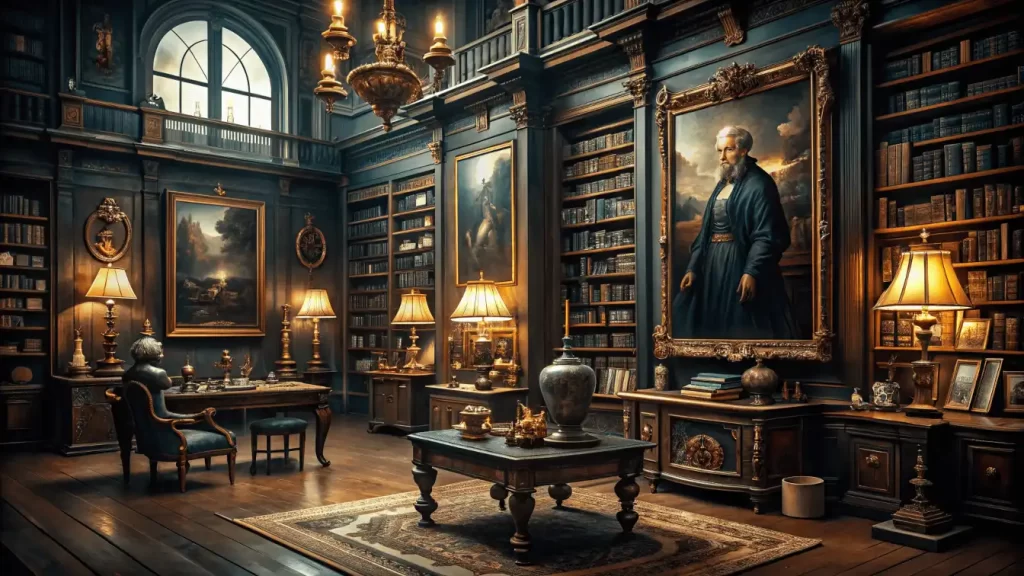
- Hey there! Want to dive deeper into art appreciation? Here are some tips to enhance your understanding and love for artwork
- Learn, Learn, Learn: Get to know the periods, artists, and techniques behind the art pieces you adore. The more you know, the more you’ll appreciate.
- Take a Virtual Tour: Check out virtual exhibitions at various galleries, including digital ones. It’s a fun way to explore art from different parts of the world without leaving your home.
- Join Art Chats: Be part of clubs or online forums where you can share your thoughts on art and listen to what others have to say.’s great to see various perspectives!
- Get Arty: Try your hand at creating art, no matter your skill level. It helps you understand the effort that goes into making art and makes you admire other artists even more.
- Look Closely: Spend time looking at each artwork. Notice the colors, brushstrokes, and lighting techniques used. The more you observe, the more details you’ll uncover.
- Enjoy your artistic journey! 😊
By integrating strategies to name your digital gallery thoughtfully, understanding the inherent value of decorative arts, and fostering a deeper appreciation for art beyond its utility, enthusiasts and newcomers alike can fully engage with the enriching world of art and decor.
Reproduction of Art for Personal Use
Art can change spaces, making them super cool and showing off what you like and what’s happened in the past. Making copies of art for yourself isn’t just about making your place nicer, but it’s also a way to keep and enjoy old famous works easier. Whether you’re into the Darkemia style with fancy prints from way back when or setting up a copy of Federico da Montefeltro’s Italian bronzes, there are tons of options to make your space awesome and full of history.
Guidelines for Reproducing Art in Home Decor
When considering reproducing art for home decor, there are several factors to ensure the copies respectfully and effectively mirror the essence of the original works. Here are some guidelines:
- Hey there! When it comes to getting a print of some art you love, make sure you go for top-notch quality. This way, you can keep all the little details that make the original so special. Think of accurate colors and textures that bring the art to life.
- Oh, and don’t forget about size! Your print should just be right in the space where you plan to show it off. Too big could be too much for a small room, while something too small might just disappear among everything else.
- Next up, framing and mounting play a big role. The right frame can really up the art’s look and blend smoothly with your room’s style. Try to match the frame with the era or vibe of the artwork for that extra touch of authenticity.
- And last but not least, remember the legal stuff. If you’re making copies of art for personal use, make sure it’s all above board with copyright laws. Art pieces over 70 years old are usually fair game, but it’s good to double-check. Wouldn’t want any legal trouble, right?
Importance of Art Galleries
Art galleries play a pivotal role in the cultural and social fabric of societies. They are not just rooms with walls adorned with art; they are vibrant, dynamic spaces where past, present, and future dialogues between artists and audiences take place. Galleries, such as the Wrightsman Galleries or Lupin Galleries, offer a sanctuary where the appreciation of art transcends the aesthetic, encouraging discussions, inspiring ideas, and fostering a communal sense of art appreciation.
Cultural Significance of Art Galleries
Art galleries are crucial in nurturing and preserving cultural heritage. They act as custodians of history, showcasing works that reflect the artistry and narratives of different eras such as the Baroque style, the elegance of the Bourbon dynasty, or the innovation of early aero-art. Here’s why their role is indispensable:

- Galleries are super cool places where everyone, no matter how old, can about all kinds of art and history through tours, workshops, and talks.
- By keeping important artworks safe from getting wrecked by time and other issues, galleries help preserve our cultural history for the future.
- Artists get lots of ideas from the art they see in galleries, which keeps creativity going strong through the years.
- Galleries also bring people together by throwing events, shows, and activities that get everyone talking and having fun.
- And hey, let’s not forget how galleries bring in visitors who help out the local economy. Art fans and collectors come from far and wide to see famous galleries, giving a boost to the city they’re in.
Art galleries are super cool! They show off fancy European textiles & amazing sculptures by Gian Lorenzo Bernini. So much history, culture, and art in one place! It’s like time traveling but without the time machine. Art galleries don’t just hang stuff on walls; they tell stories and make art exciting for everyone today. They mix past and present with fun activities to keep us smart and cultured. Galleries help our souls grow and bring people together. How awesome is that?
Transforming a Room into an Art Gallery on a Budget
Transforming your living space into a reflection of the illustrious dark academia and reminiscent of an art gallery doesn’t require an extravagant budget. With a few strategic choices and creativity, you can imbue your home with a cultured atmosphere that speaks to the elegance of historical art movements, making every corner a visual delight.
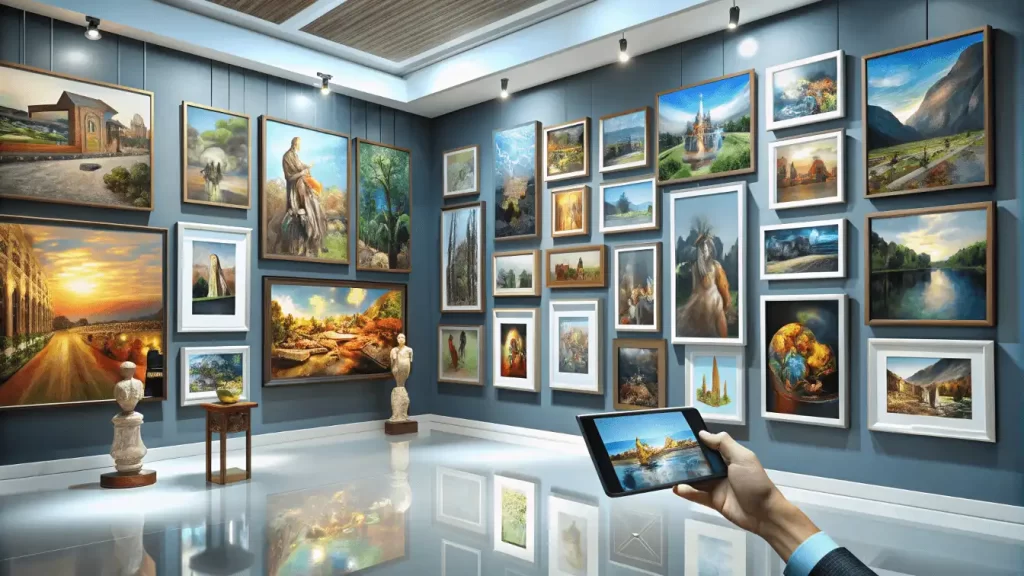
Budget-Friendly Tips for Artful Room Decor
When it comes to creating an art gallery feel in your home on a budget, remember that the charm often lies in the details and the stories behind the pieces you choose. Here are several budget-friendly tips to help you get started:
- Check out thrift stores and flea markets! These are like hidden treasures where you can find unique art pieces for way less than what galleries charge. Look for stuff that matches the art styles you love, like Baroque frames or Art Nouveau decorations.
- Do some DIY art projects! Get creative and make your art inspired by your favorite art movements. Simple pen-and-ink drawings in a fancy frame can capture that dark academic vibe.
- Print your artwork! There are tons of digital resources out there where you can get high-quality prints of famous or lesser-known artworks that fit your theme. Printing them at home or a local shop is budget-friendly and looks great.
- Mix it up a bit! Try combining different art styles strategically. Putting a modern piece next to a classical print can create an interesting visual conversation. It shows off your taste and adds depth to your room’s look.
- Lighting matters! Good lighting can make your art pop. Use soft ambient lights to highlight specific pieces and create a cool gallery-like atmosphere. Affordable LED strip lights or adjustable lamps can change the vibe.
By incorporating these creative and economical strategies, you can transform any room into a stunning art gallery that reflects both your taste and the richness of historical artistic periods, all while maintaining a budget-conscious approach.
Online Art Galleries for Home Decor
Exploring the majestic realm of online art galleries opens up a treasure trove of possibilities for enhancing your living space with enchanting and sophisticated designs. These virtual venues bring the beauty of extraordinary art right into your home, providing an accessible and convenient way to source unique pieces that resonate with your style.
Platforms Selling Paintings Fit for Home Decor
Numerous platforms offer a wide array of paintings that can beautifully complement your home decor. Websites like Etsy and Artfinder are perfect for discovering original works by emerging artists, while more established online galleries like Saatchi Art provide access to paintings by internationally recognized talents. Here’s what you can expect to find:
- A diverse range of styles from abstract to realism, ensures something for every taste.
- Options for custom commissions, allow you to have a truly one-of-a-kind piece.
- User-friendly interfaces that make browsing, selecting, and purchasing artwork a seamless experience.
By incorporating art pieces from these platforms, you create a more inviting and personalized environment in your home.

